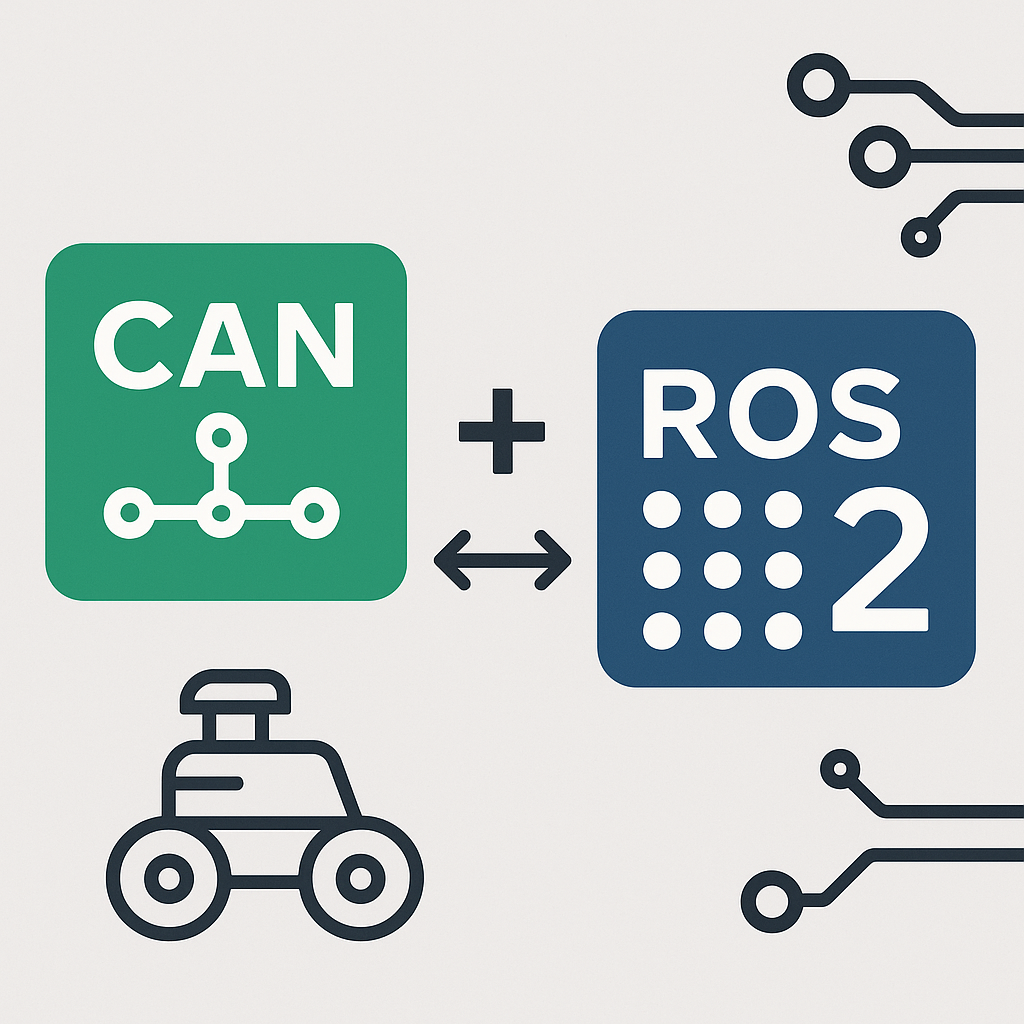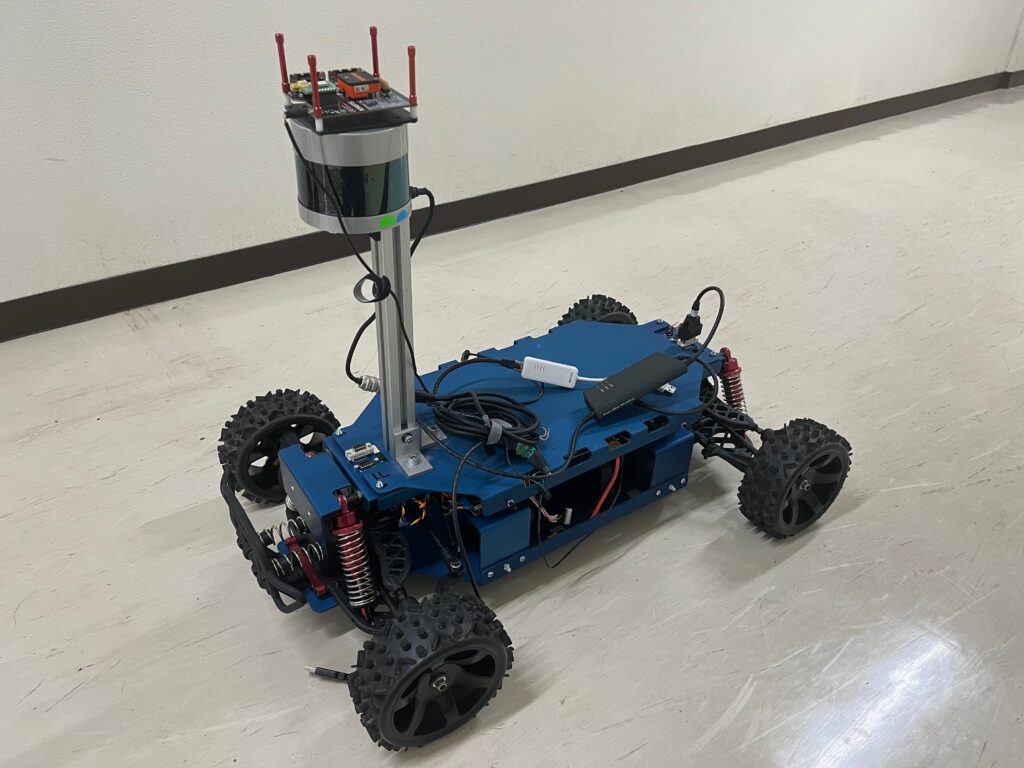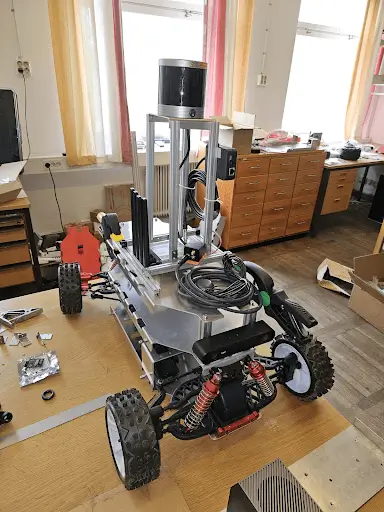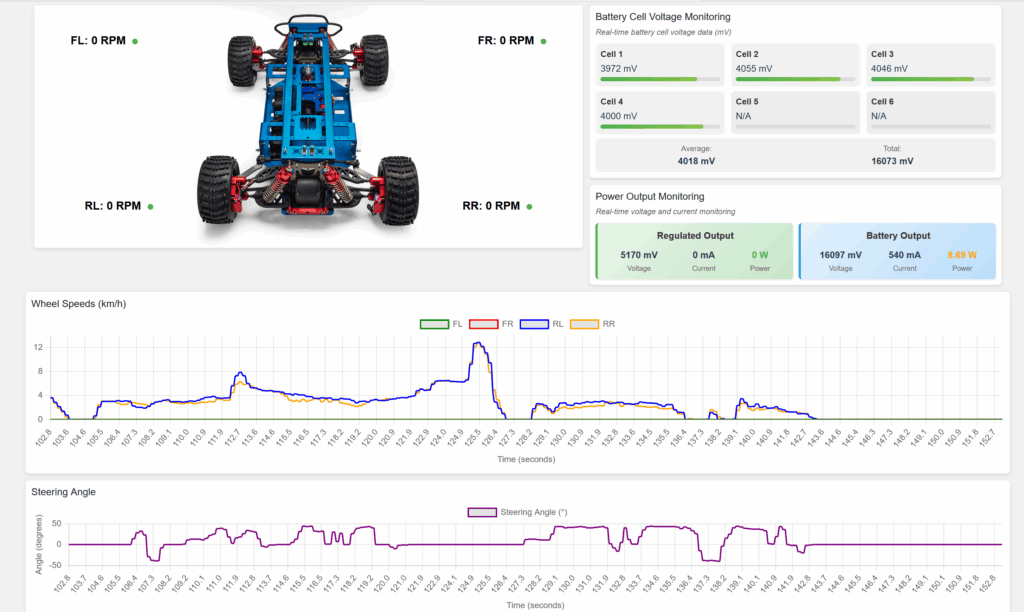Bringing Autonomy to Life: Autoware Integration with the CanEduDev Rover
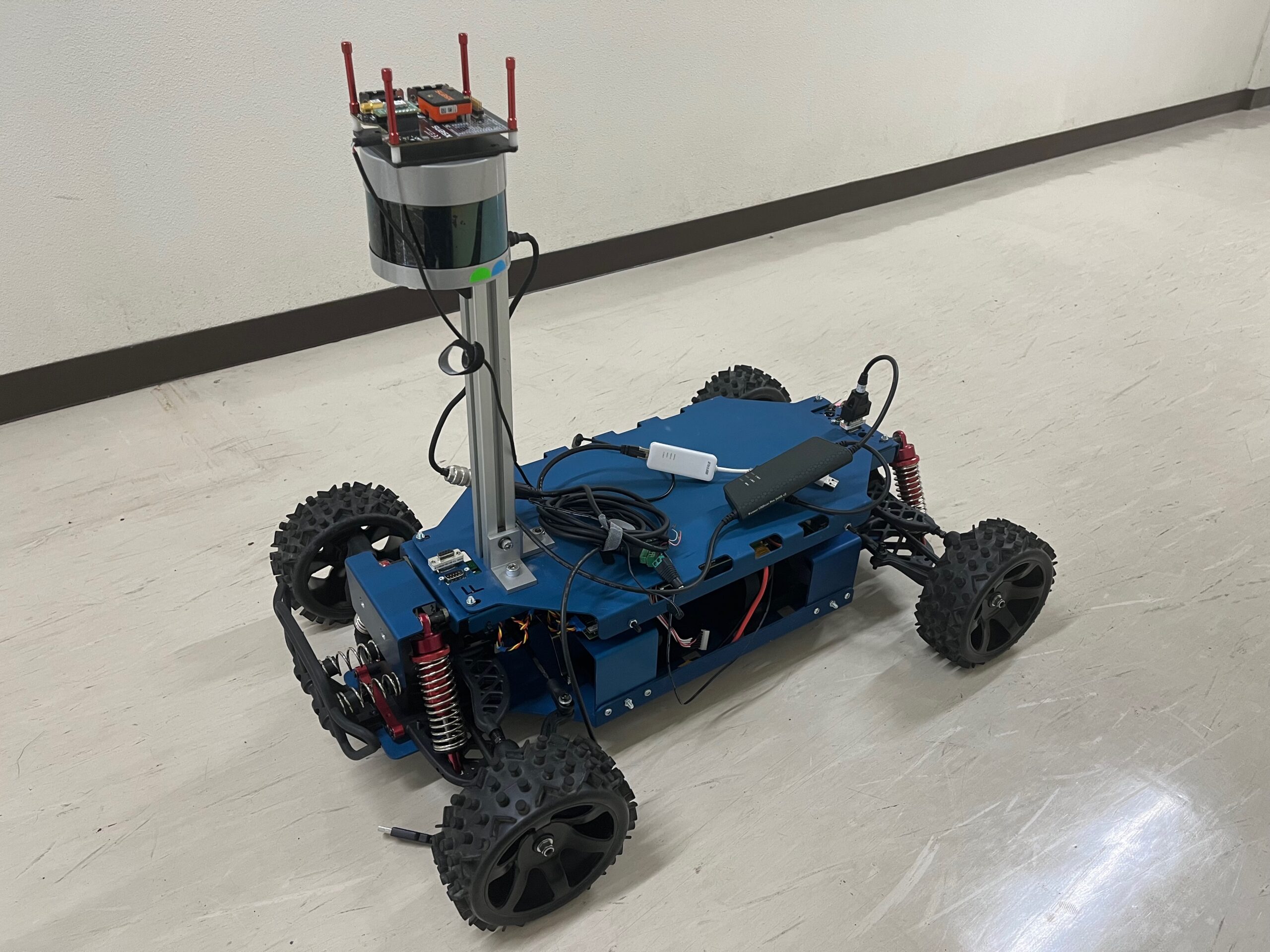
In Alex Carballo’s lab at Gifu University, cutting-edge research and hands-on robotics come together to create innovative solutions. In their latest project, headed by Tomoki Kuno, they showcase the power of Autoware Core/Universe in enabling autonomous driving on the CanEduDev Rover, a high-performance robotic vehicle designed for research and development.
Introducing the CanEduDev Rover
The CanEduDev Rover is a 1/5-scale robotic vehicle designed for advanced experimentation and education in autonomous driving. With a top speed of 30 km/h and the capability to support modular sensors and CAN-based control, the Rover is an ideal platform for both prototype development and educational use.
This vehicle brings the full-scale capabilities of autonomous systems into a compact and accessible form, making it perfect for university labs, robotics startups, and anyone exploring the future of autonomous technology.
Powered by Autoware
To enable autonomous driving, Alex’s team integrated the Rover with Autoware, the leading open-source software stack for autonomous vehicles. Autoware provides a comprehensive suite of tools for perception, planning, and control, making it the ideal choice for autonomous vehicle development.
Key Integration Steps:
- Custom Vehicle & Sensor Models
The team created detailed 3D models of the Rover using Blender and defined its sensor configuration through Autoware’s launch templates. The configuration includes:- Velodyne VLP-32C LiDAR
- XSENS IMU
- Velodyne VLP-32C LiDAR
- Sensor Launch and Calibration
Ensuring proper sensor data processing, driver setup (via Tier IV’s Nebula), and accurate TF tree configuration were essential. Once the setup was complete, the team used RViz2 to visualize and confirm sensor alignment and functionality. - Vehicle Interface Over CAN
The Rover communicates over CAN usingros2_socketcan. A customvehicle_interfacewas developed to manage steering, throttle, braking, and feedback, all within the ROS 2 ecosystem. Throttle-to-speed conversion was utilized to control the vehicle’s motion. - Autoware Tuning and Mapping
The team utilized LIO-SAM for map creation, ensuring that the extrinsic calibration between the LiDAR and IMU was accurate. Lanelets were generated using Vector Map Builder, and Autoware’s parameters were fine-tuned to match the vehicle’s specific dynamics and sensing capabilities.
Live Autonomy in Action
With everything set up, the autonomous driving system was activated by launching the following command:
ros2 launch autoware_launch autoware.launch.xml
The team set the initial pose in RViz, engaged “Auto” mode, and the Rover autonomously navigated its environment.
While the integration process initially produced some errors, the team was able to quickly identify and resolve issues by inspecting diagnostic logs and adjusting parameters, particularly in areas related to sensing and localization.
Why the CanEduDev Rover?
The CanEduDev Rover is more than just an RC car; it’s a powerful, scalable platform designed to support real-world autonomous driving research. Here’s why it stands out:
- High-Speed Performance: Capable of speeds up to 30 km/h, making it suitable for real-world applications.
- Full ROS 2 and CAN Integration: Offers seamless integration for both communication and control.
- Customizable: Easily modifiable to support different sensors, algorithms, and control systems.
The Rover is the perfect bridge between simulation and real-world deployment, allowing developers and researchers to experiment and innovate in a tangible, scalable way.
Open-Source and Ready to Explore
The integration setup, including vehicle models, Autoware configurations, and launch files, is available to the community on GitHub.
What’s Next?
Building upon this successful integration, the Alex’s team is already planning their next ambitious project: deploying the CanEduDev Rover with Autoware in a challenging off-road environment within the Japanese mountains. Future blog posts will detail the adaptations and new developments required to tackle the unique perception, planning, and control challenges presented by this rugged terrain.
For those looking to advance their research, build autonomous systems, or simply explore the world of robotics, the CanEduDev Rover offers a ready-to-go solution for accelerating the development process.
our other blogs
CAN-ROS Integration: What Auto & Industry Need to Know
As someone working in automotive and industrial automation, you've likely faced this dilemma: How do we leverage modern robotics frameworks without compromising the real-time guarantees our systems re...
read moreUnlocking the Future with CanEduDev Rover and ROS2 Integration
In an era where rapid advancements in automation and robotics are reshaping industries, real-time data acquisition, flexible control, and robust integration have become critical. To meet these demand...
read moreBringing Autonomy to Life: Autoware Integration with the CanEduDev Rover
In Alex Carballo’s lab at Gifu University, cutting-edge research and hands-on robotics come together to create innovative solutions. In their latest project, headed by Tomoki Kuno, they showcase th...
read moreCanEduDev Rover: Progress Report on System Integration and Architecture
CanEduDev Rover: Technical Progress Update on System Integration We are excited to share a detailed update on the ongoing development of the CanEduDev Rover, a key project within our collaboration wi...
read moreCase Study: How Influx’s Use of the CanEduDev Rover Platform is Accelerating Automotive Development and Demo Capabilities
Case Study: How Influx's Use of the CanEduDev Rover Platform is Accelerating Automotive Development and Demo Capabilities Executive Summary Influx Technology is leveraging the CanEduDev Rover platfo...
read moreCanEduDev formally partners with Kvaser
As a newly appointed Technical Associate to Kvaser, CanEduDev is set to bring its Rover platform to the forefront of CAN technology demonstrations and education. This collaboration underscores our sh...
read more